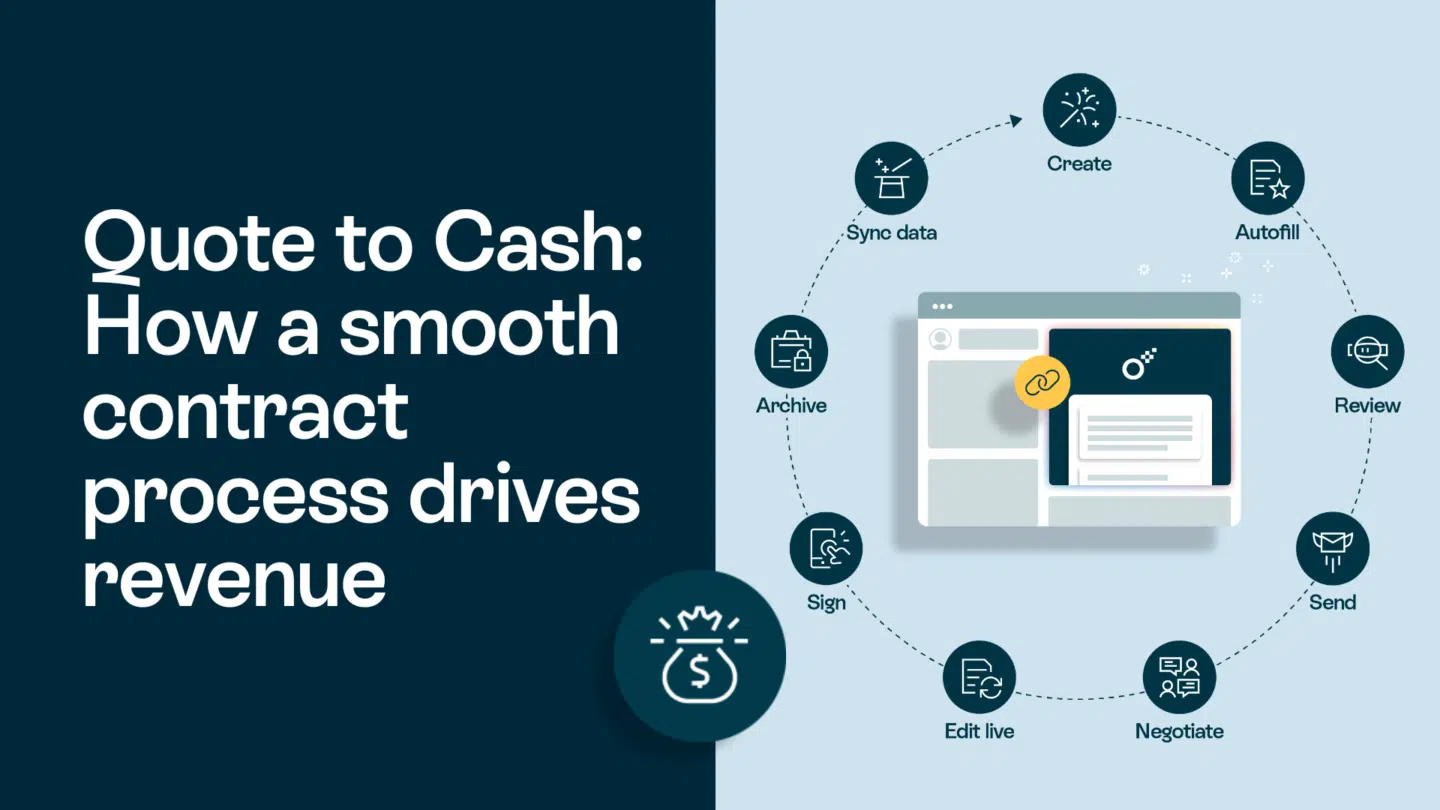SaaS metrics are specialized key performance indicators (KPIs) designed to measure, evaluate, and optimize the performance of Software as a Service (SaaS) businesses. These metrics are essential for understanding various aspects of the business, such as customer acquisition, revenue generation, customer retention, and overall operational efficiency. SaaS companies operate on a subscription-based model, where customers pay regularly (monthly or annually) for continuous access to a product.
The subscription-based model of SaaS businesses means that the relationship with the customer doesn’t end after the initial sale. Instead, success is measured by the ability to retain customers and increase their lifetime value over time. This dynamic creates the need for metrics that can provide insights into customer retention, revenue consistency, and the long-term sustainability of the business model. SaaS metrics are not just about measuring success; they are about identifying areas for improvement, predicting future trends, and making data-driven decisions to steer the business towards its goals.
Top 11 SaaS metrics
1. Monthly Recurring Revenue (MRR)
- What it is: MRR is one of the most critical metrics for SaaS businesses, representing the predictable and recurring revenue that the company can expect to receive every month from its subscription-based customers. MRR is calculated by multiplying the number of customers by the average revenue per account (ARPA). For example, if you have 100 customers paying $100 each per month, your MRR would be $10,000.
- Why it matters: MRR provides a consistent measure of revenue, which is essential for forecasting future growth and financial planning. Unlike one-time sales, MRR offers stability and predictability, allowing businesses to make more accurate projections. Additionally, MRR helps businesses understand the impact of new customer acquisitions, upgrades, downgrades, and churn, providing a comprehensive view of revenue health.
Read also: What are digital contracts?

2. Customer Acquisition Cost (CAC)
What it is: CAC represents the total cost incurred to acquire a new customer. This includes all marketing and sales expenses, such as advertising costs, salaries for sales and marketing teams, and software tools used in the acquisition process. CAC is calculated by dividing the total acquisition costs by the number of new customers acquired within a specific period.
Why it matters: Understanding CAC is crucial for evaluating the efficiency of a company’s customer acquisition efforts. If CAC is high, it might indicate inefficiencies in marketing or sales strategies, suggesting a need for optimization. Conversely, a low CAC can demonstrate that the business can attract customers cost-effectively, which is essential for scaling. Tracking CAC also helps in determining the payback period, which is the time it takes to recover the acquisition cost from the revenue generated by the customer.
3. Customer Lifetime Value (CLTV or LTV)
What it is: CLTV is the total revenue a business can expect to earn from a customer over the entire duration of their relationship with the company. It is calculated by multiplying the average revenue per user (ARPU) by the average customer lifespan. For instance, if a customer spends $50 per month and stays with the company for 24 months, the CLTV would be $1,200.
Why it matters: CLTV is a key metric for understanding the long-term value of customers and is essential for making informed decisions about customer acquisition and retention strategies. When compared with CAC, it provides insights into the sustainability of the business model—if CLTV is significantly higher than CAC, the company is likely to be profitable in the long term. Additionally, businesses can use CLTV to identify high-value customer segments and tailor marketing efforts accordingly.
4. Churn rate
What it is: Churn Rate measures the percentage of customers who cancel their subscriptions or stop using the service over a given period. It can be calculated monthly or annually, depending on the business model. For example, if a company has 1,000 customers at the beginning of the month and 50 cancel their subscriptions, the churn rate would be 5%.
Why it matters: A high churn rate can be a significant red flag, indicating customer dissatisfaction, competition, or issues with the product or service. Monitoring churn is crucial for identifying and addressing these issues before they escalate. A low churn rate, on the other hand, suggests strong customer loyalty and satisfaction, which are vital for long-term success. By understanding the factors contributing to churn, businesses can implement strategies to improve customer retention, such as enhancing customer support, improving the product, or offering incentives for long-term commitments.
Read also: What is product-led growth, and how can it help SaaS businesses scale?

5. Annual Recurring Revenue (ARR)
What it is: ARR is the annualized version of MRR, representing the total amount of subscription revenue a business can expect to receive over a year. ARR is particularly important for SaaS companies with annual billing cycles, as it provides a long-term view of revenue stability.
Why it matters: ARR is a critical metric for strategic planning and long-term financial forecasting. It offers a clear picture of the company’s revenue trajectory, making it easier to plan for growth, manage cash flow, and secure investment. ARR is also valuable for benchmarking performance against competitors and industry standards, helping businesses understand their position in the market.
6. Net Revenue Retention (NRR)
What it is: NRR measures the percentage of recurring revenue retained from existing customers, accounting for upgrades, downgrades, and churn. It is calculated by dividing the revenue at the end of the period (after accounting for churn and expansion) by the revenue at the start of the period.
Why it matters: NRR is a powerful indicator of a company’s ability to grow revenue from its existing customer base. An NRR above 100% indicates that the business is not only retaining customers but also increasing revenue through upselling and cross-selling, which is a positive sign of customer satisfaction and product value. On the other hand, an NRR below 100% suggests that the company is losing more revenue than it is gaining, which could signal issues with customer retention or product-market fit.
7. Gross margin
What it is: Gross Margin is the difference between total revenue and the cost of goods sold (COGS), expressed as a percentage of revenue. In the context of a SaaS business, COGS typically includes the costs associated with delivering the service, such as hosting fees, customer support, and software maintenance.
Why it matters: High gross margins are typical in SaaS businesses and are indicative of strong profitability. This metric is crucial for understanding how much revenue is left after covering the costs of delivering the service, which can then be used to cover other operating expenses, invest in growth, or improve profitability. Monitoring gross margin also helps businesses identify areas where they can reduce costs or improve efficiency.
8. Average Revenue per User (ARPU)
What it is: ARPU is the average revenue generated per user or account over a specific period. It is calculated by dividing total revenue by the number of active users or accounts.
Why it matters: ARPU is a valuable metric for understanding the value of each customer and tracking trends over time. An increasing ARPU indicates that customers are willing to pay more for the product, which could be due to successful upselling, improved product offerings, or price increases. Conversely, a declining ARPU might suggest the need to reevaluate pricing strategies, product features, or customer segments.
Read also: How to optimize your B2B SaaS marketing funnel to reduce churn rate

9. Lead-to-customer conversion rate
What it is: This metric tracks the percentage of leads (potential customers) that convert into paying customers over a given period. It is calculated by dividing the number of new customers by the number of leads generated.
Why it matters: A high conversion rate indicates that the marketing and sales processes are effective in turning interest into revenue. This metric is essential for assessing the quality of leads generated and the effectiveness of sales strategies. A low conversion rate may signal the need for improvements in lead nurturing, sales tactics, or the alignment between marketing and sales teams.
10. Payback period
What it is: The Payback Period is the time it takes for a business to recover the cost of acquiring a customer (CAC). It is calculated by dividing the CAC by the monthly revenue generated by the customer.
Why it matters: A shorter payback period indicates a quicker return on investment (ROI), allowing businesses to reinvest in growth sooner. This metric is particularly important for cash flow management, as it provides insights into how long it will take for the business to recoup its investment in customer acquisition. Companies with a long payback period may need to ensure they have enough capital to sustain growth while waiting for returns.
11. Customer satisfaction and net promoter scores
What they are: CSAT measures customer satisfaction with a specific product or service, typically through surveys that ask customers to rate their experience on a scale. NPS, on the other hand, gauges customer loyalty by asking how likely customers are to recommend the company to others, with responses ranging from 0 (not at all likely) to 10 (extremely likely).
Why they matter: High CSAT and NPS scores are strong indicators of a healthy customer relationship and often correlate with lower churn rates and higher customer retention. Satisfied customers are more likely to continue their subscriptions, purchase additional products or services, and refer new customers. Tracking these metrics allows businesses to gauge customer sentiment, identify areas for improvement, and implement strategies to enhance customer satisfaction and loyalty.
The key takeaways
Tracking these 11 key SaaS metrics is essential for B2B SaaS businesses to ensure sustainable growth, customer satisfaction, and long-term profitability. These metrics provide valuable insights into different aspects of the business, from revenue generation and customer acquisition to retention and operational efficiency. By closely monitoring these metrics, companies can make informed decisions, optimize their strategies, and stay competitive in the ever-evolving SaaS landscape. Understanding and leveraging these metrics can help SaaS businesses not only survive but thrive in a highly competitive market, ensuring that they continue to deliver value to their customers and stakeholders alike.







